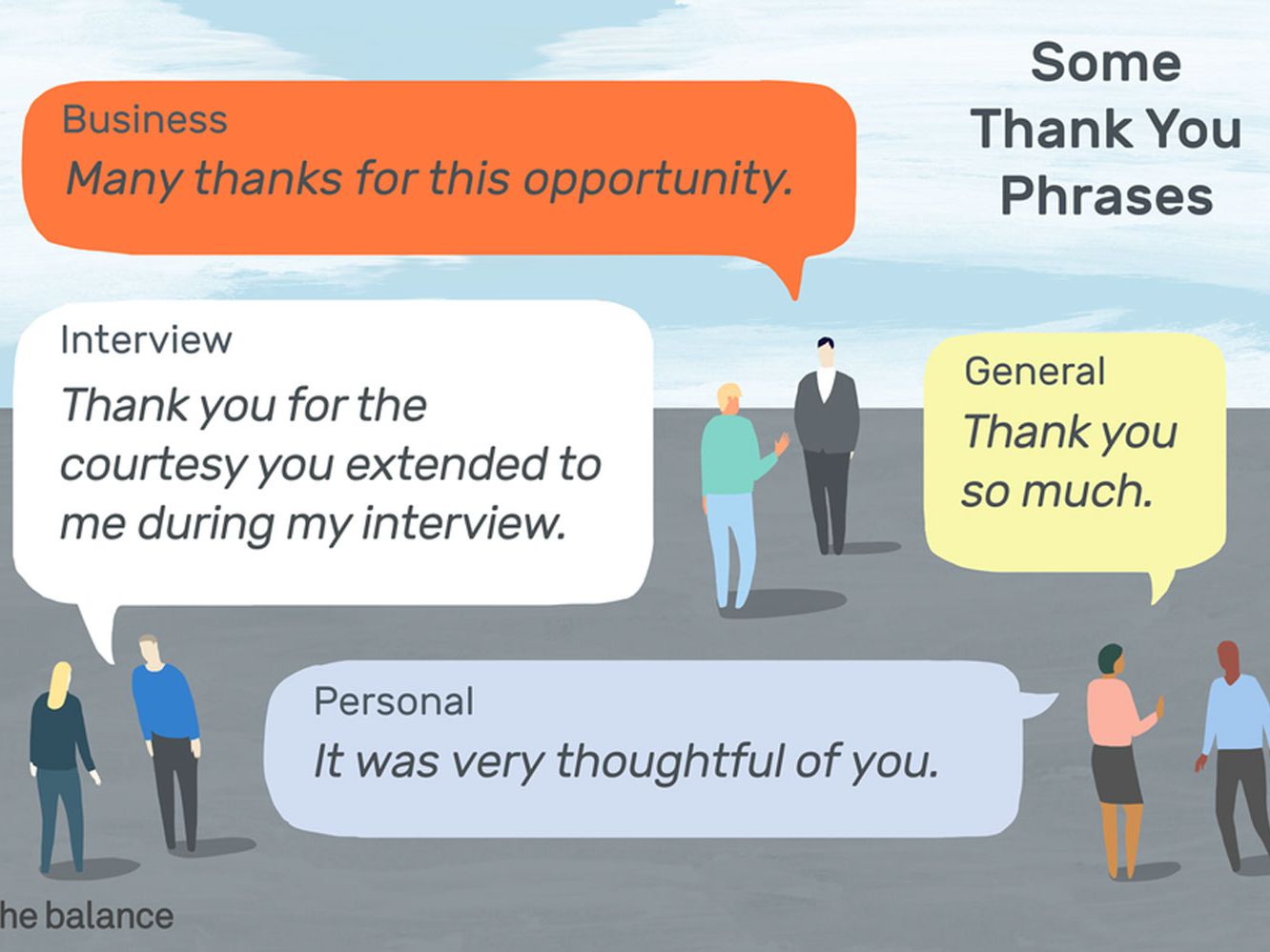You've worked hard to make your email as clear as possible, and you've streamlined your writing by carefully editing it. Even if your email's body is flawless, if you use the improper sign-off, everything can go wrong. Although your signature is just a word or a short phrase, selecting the correct tone to finish your email frequently involves a surprising amount of effort and finesse.
It's wise to think about the context when deciding how to end an email. In a strictly professional correspondence with a distant acquaintance or someone you've never met before, what works for a buddy or close colleague won't work. Here's an overview of some of the most popular email settings, as well as the most effective sign-offs.
Formal Business Email Closings
Regards
It's a little stodgy, but it works well in professional emails because it's not overly interesting or unusual.
Sincerely
A cover letter is what you're doing. For formal correspondence, sincere conveys the appropriate tone. Keep in mind that in more casual businesscommunications, it's likely to come across as stiff.
Best wishes
If you want to avoid using this sign-off, keep in mind that it has a greeting-card vibe, so only use it when your email's tone is appropriate.
Closings For Friendly Business Emails
Cheers
According to a recent study by the email software Boomerang, cheers are the most likely way to get an email response (other than a thank-you). If your email is warm and conversational, it works well, but if you're not British or Australian, it may come across as sloppy in more professional circumstances. Greetings, mate!
Best
In a bright, witty approach, Best expresses best wishes. If you get a lot of email, you're probably aware that this is a common sign-off. In the same way that it is seamless in more official communications, it is seamless in respect. If you want your message to be dynamic and attention-getting, the flipside is that it can be safe and boring.
As ever
For people with whom you've developed a long-term working relationship, this is an excellent option. It reassures your contact that you and your partner are as close as you've ever been.
Closings For Gratitude And Requests In Email
Greetings in advance
Emails that include a thank you in advance get the highest response rate, according to the Boomerang study. Maybe it's because you're saying you'll be thankful when (not if) the person you're emailing responds, but you're also saying you'll be grateful when (not if) the person you're emailing responds. Thanking someone in advance may come out as too demanding in more formal situations, so be careful where you use it.
Thanks
When you want to communicate gratitude, a simple thank you is often a good option. It can, however, convey a tone of expectation, similar to gratitude in advance. It's best to use it when you're implying, "I'm expecting you to accomplish this."
I appreciate your [assistance, advice, suggestions, etc.]
When someone has aided you, there is never a bad time to express your gratitude.
What Do You Say At The End Of An Email?
"Have a wonderful weekend!" "Sincerely," "Best," "Thank you," or "Have a wonderful weekend!" You'll need a professional closing for your email until you're more than a few emails into an email thread (especially over a short period of time) or you're very close with the recipient. A list of possibilities can be found below.
How Do I Close A Nice Day Email?
We usually say, "Have a nice day," or "I hope you have a wonderful day," or "Wishing you a (very happy and) nice day" in written form. Another option is to send you my warmest wishes for a wonderful day.
What Is A Closing Salutation?
If the message is formal, email salutations can begin with "Dear." A nice end to a message is referred to as a complimenting close or closing. These are frequent closes in letters: Best regards (We use the comma in the U.S. and Canada; other countries may leave it out.)


